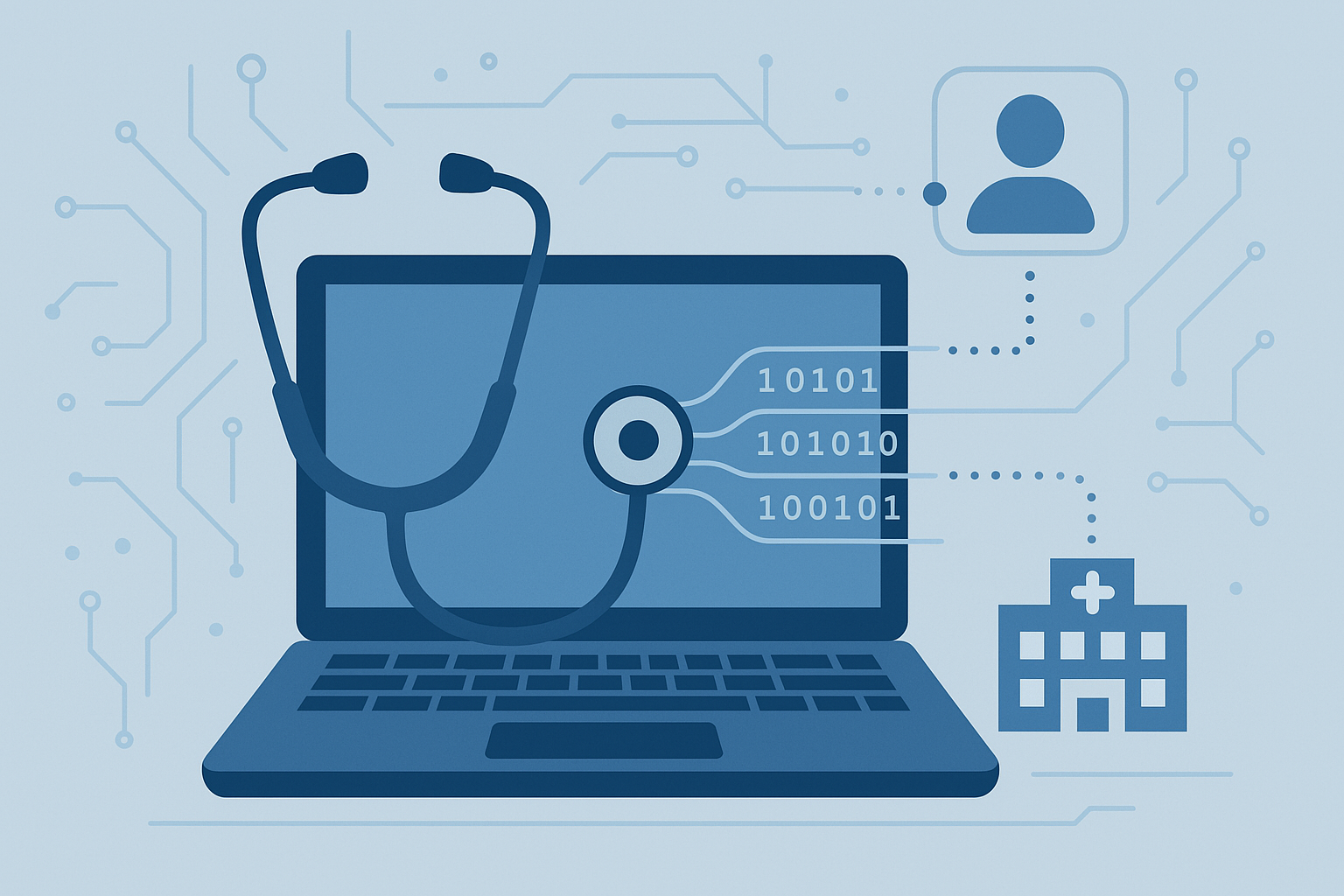Where Telemedicine Went Wrong
Telemedicine was never intended to fully replace in‑person visits. Its promise was to complement traditional care—making healthcare more accessible, efficient, and integrated. Yet during the pandemic we treated it as a standalone solution, detached from existing workflows and data systems. Providers now juggle multiple incompatible platforms, and patients experience fragmented care. Instead of simplifying healthcare, telemedicine has often added complexity.
Enter Medical Informatics
Medical informatics offers the tools and frameworks needed to embed telehealth seamlessly into everyday clinical practice. By focusing on data, standards, and intelligent workflows, informatics ensures virtual care becomes a natural extension of traditional medicine.
Interoperability
Informatics enables telehealth platforms to communicate directly with Electronic Health Records (EHRs) via standardized APIs and data formats. Real‑time data exchange reduces manual re‑entry, prevents information loss, and keeps all members of the care team on the same page.
Intelligent Triage and Scheduling
By analyzing patient history, risk factors, and visit reasons, informatics systems can predict which patients are best suited for virtual visits. This optimizes clinician time, reduces no‑shows, and ensures patients receive the most appropriate level of care.
Enhanced Clinical Decision Support
During virtual encounters, informatics‑driven decision support tools surface relevant patient data, flag abnormal results, and suggest evidence‑based interventions. This helps clinicians maintain diagnostic accuracy, even without a physical exam.
Streamlined Workflows
Integrating telemedicine into the existing scheduling, documentation, and billing workflows minimizes administrative overhead. Clinicians spend less time toggling between platforms and more time focusing on patient care.
The Right Tool for the Right Job
Telemedicine isn’t failing because it’s a flawed concept—it’s struggling because we misunderstood its role. With informatics guiding implementation, virtual care becomes a powerful complement to in‑person visits rather than a competing silo.

Summary
By refocusing on interoperability, intelligent triage, decision support, and workflow integration, medical informatics can rescue telemedicine from its current pitfalls. When virtual care is implemented thoughtfully—as an extension of traditional practice—it enhances access, efficiency, and patient experience. With the right data frameworks and tools in place, telemedicine can finally live up to its transformative promise.
Disclaimer
This post reflects my perspective on integrating telemedicine with informatics principles. It is intended to share conceptual strategies rather than detailed coding or vendor‑specific guidance.